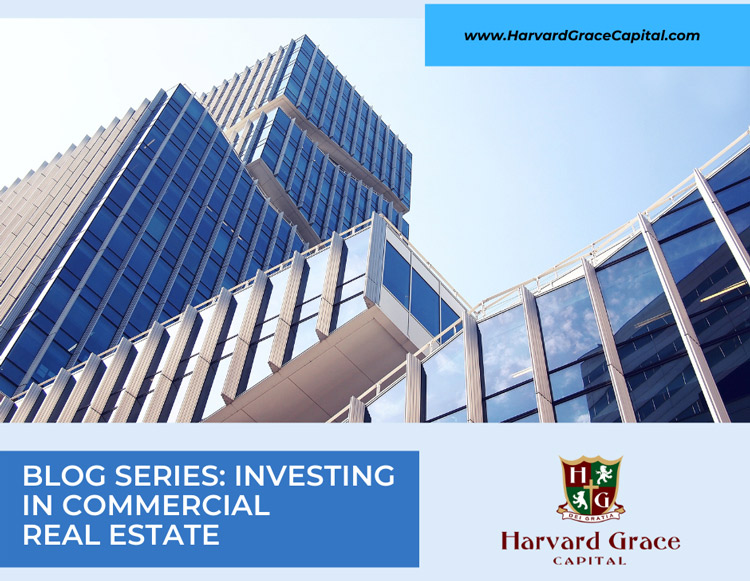Unless you have money trees in your backyard or a wealthy uncle, you’re likely to need financing to purchase your first commercial property. Residential and commercial financing are similar, but not identical. If you understand one, it’s a simple matter to understand the other.
There are several differences between residential loans and commercial loans:
- Residential loans are most often made to individuals. Commercial mortgages are primarily given to business entities, such as builders, partnerships, and developers. It’s entirely possible to purchase your personal home in the name of an LLC, but it’s not common.
- Businesses can have their own credit histories and scores. If you don’t have a business entity with a credit history, you can rely on your own credit.
- Commercial loans have higher interest rates and fees. You’ll pay more in interest and fees for a commercial loan than you will for a residential loan. Some of the costs must be paid up front. Other costs recur on an annual basis.
- Ensure these fees are included in your calculations.
- Commercial loans have a shorter payback period. Your conventional home loan can have a payback period of 30 years or more. Commercial loans range from just a few years to 20 years.
- Commercial loans have harsher prepayment penalties. You home loan also has prepayment penalties, but these penalties are only in effect for a short period of time. Commercial loans can have several types of penalties:
- The terms of the loan might declare that the loan cannot be paid off before a certain date.
- A prepayment penalty is determined by multiplying the remaining balance by predetermined percentage.
- An amount of interest is guaranteed by the terms of the loan.
- Amortization is handled differently. A home mortgage is normally amortized over the life of the loan. If you have a 30-year loan, you have 360 equal payments and the loan balance is zero at the end of the loan payback period.
- Commercial loans usually have a longer amortization period than the length of the loan. You might make payments on the loan as if the loan were 30 years, but the loan is actually due in 15 years. That means your last payment will be a large balloon payment.
- Commercial loans frequently require a larger down payment. In some circumstances, it’s possible to acquire a home mortgage with no money down.
- Commercial loans frequently require from 20-35% down.
- There is no private mortgage insurance in commercial lending. One of the reasons larger down payments are required is the lack of private mortgage insurance. The only insurance a lender has against default is the collateral in the real estate.
Commercial lenders consider cash flow. Debt-service coverage ratio is another important term to know. This is the NOI divided by the annual debt service. Lenders favor loan applications with a debt-service coverage ratio of 1.25 or more. This means that the NOI is enough to cover 125% of the debt payments.
Thanks for reading! Stay tuned over the next few weeks for the rest of this series, and as always, give us a holler if you want to chat about your own CRE investing journey.

